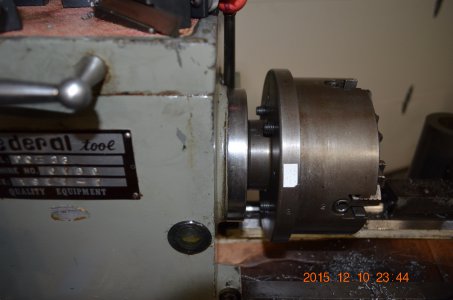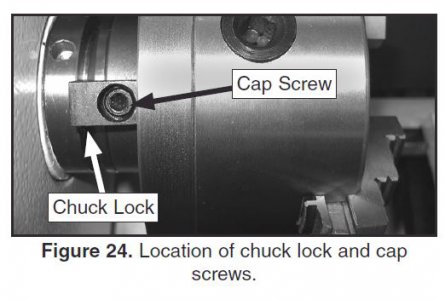- Joined
- Jul 13, 2014
- Messages
- 1,051
I am still totally puzzled, I did a threading exercise again with the half nuts engaged all the time and the thread got messed again, so I flipped the work piece, barrel stub and cut it and threaded it for an AR 15 tenon, 13/16 x 16 TPI, to have something to meaningful and I am quite familiar with the AR 15 tenon, I've done a few AR barrels for my own use on my 1236. This time I did the half nut engage/disengage/engage method, the outcome, though the not the best looking thread, is acceptable and in fact I cut the thread so I can screw the barrel extension.
The problem occurs when the half nut is engaged all the time, looks like.
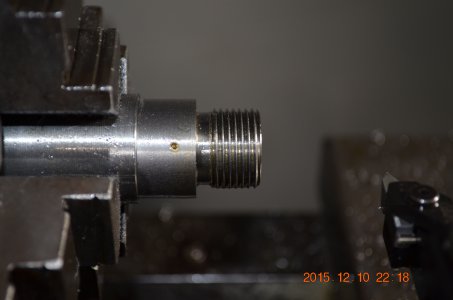
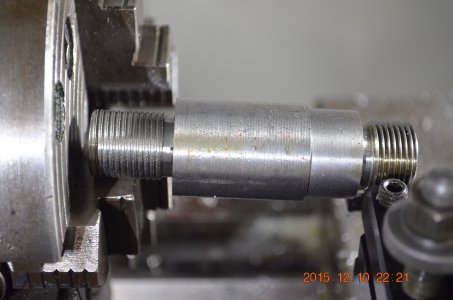
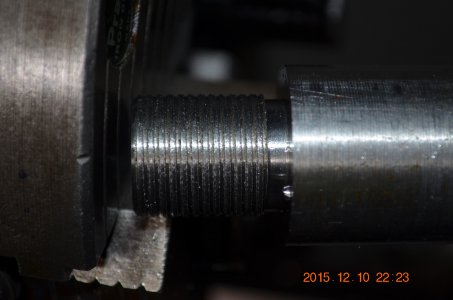
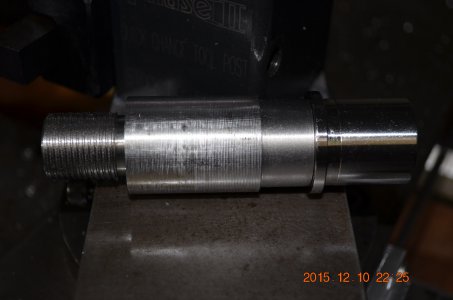
The problem occurs when the half nut is engaged all the time, looks like.




Last edited:


